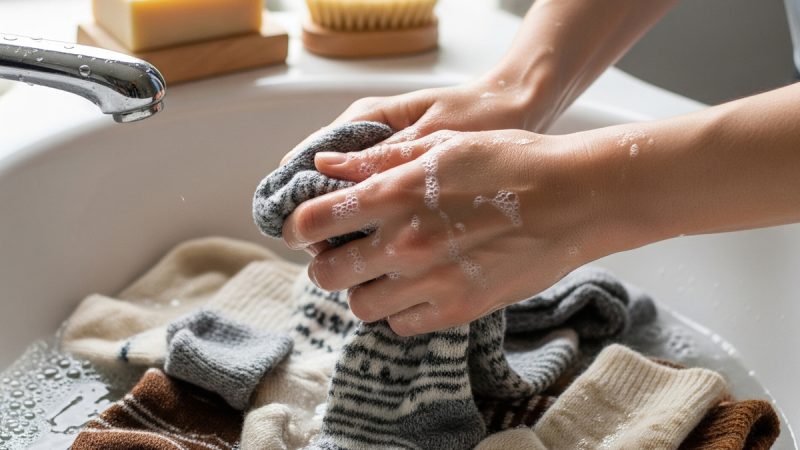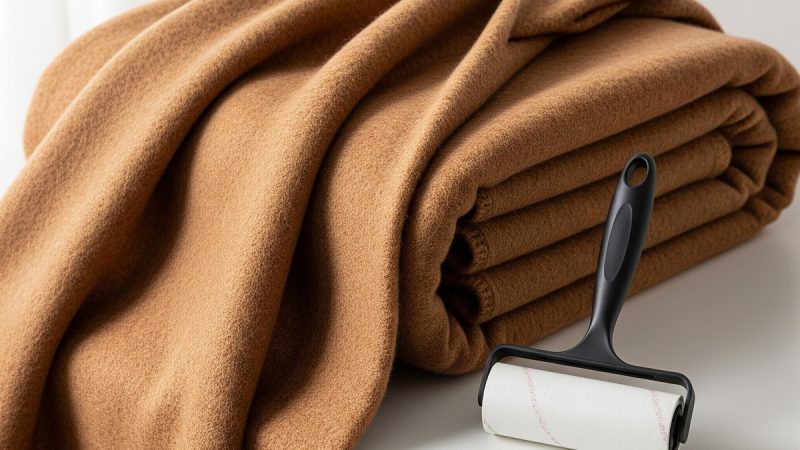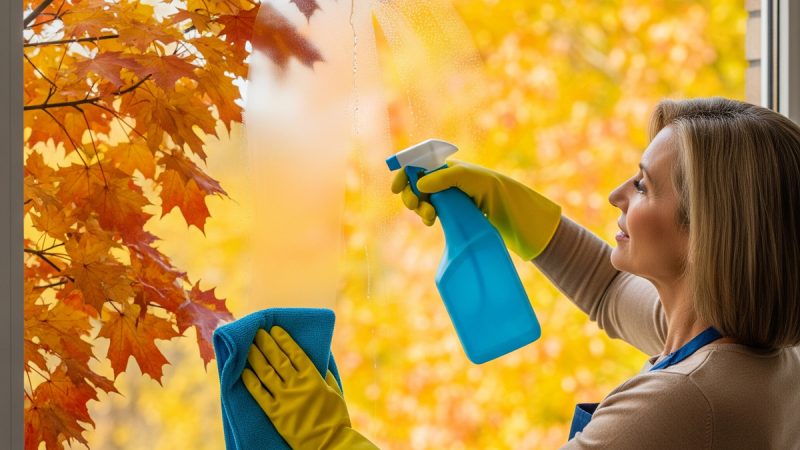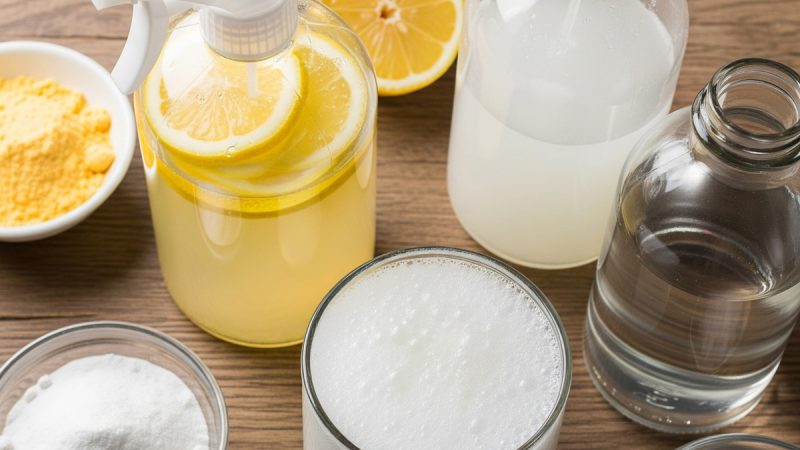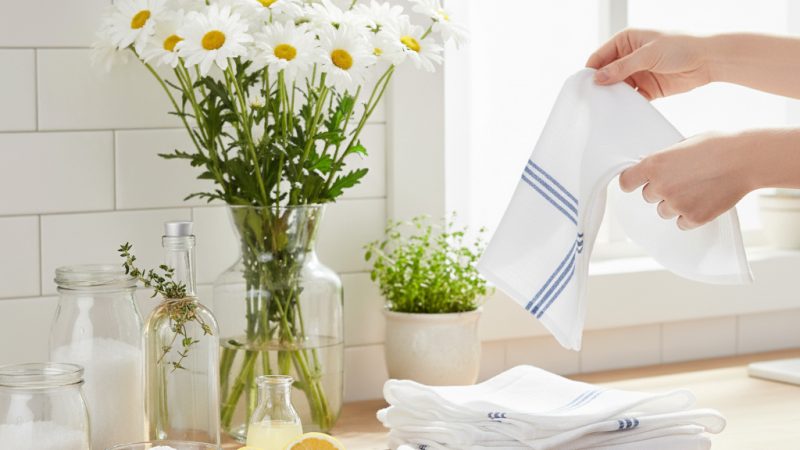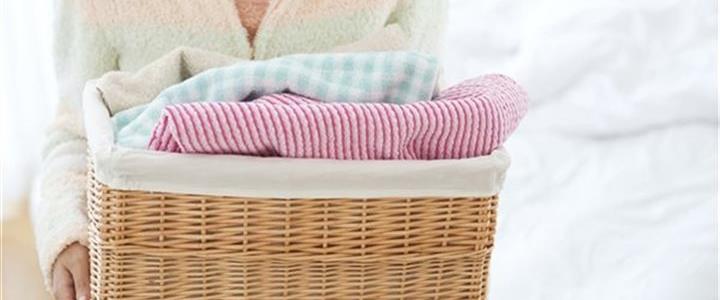From Brass to Tin – How to Care for Your Antique Metals
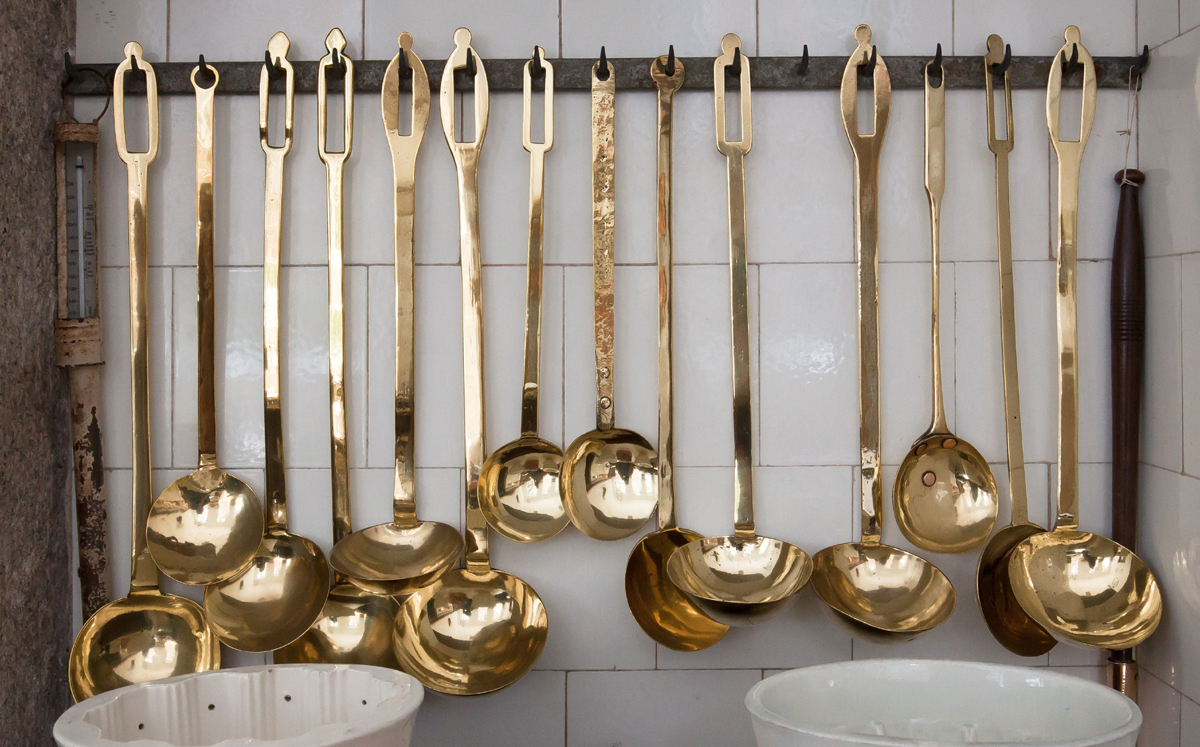
Caring for your antique metal items requires know-how. Each metal has its own particular characteristics and requires its own brand of tender loving care.
Brass
Brass is commonly found on decorative items, hardware and fixtures. Avoid cleaning with acids such as vinegar or lemon. The acid is too harsh. Likewise, avoid ammonia- based products such glass cleaners. A coat of clear lacquer is often applied to brass to prevent tarnish. A coat of paste wax will slow tarnish. But antique brass should not be polished because the patina that develops over time is desirable.
Bronze
Sculptures, lamp bases, fixtures are sometimes made of bronze. There is good news with this metal. The less you do the better. The patina that comes with aging on bronze is desirable. So, don’t do anything beyond a light dusting to maintain any of your bronze items.
Cast-Iron
Cast-iron is a metal of choice for fireplace accessories, cookware and garden accessories. Cast-iron that has become wet should be thoroughly dried as it will rust. A coating of oil or wax can prevent rust. You can use a small knife to remove small rust spots. Avoid submerging in water any cast-iron cookware as it is often seasoned. Don’t scrub this off. It is desirable.
Copper
Copper is a popular metal used for home and garden decorative ware and cookware. For your outdoor copperware: left untended it develops an appealing green patina, yet people do tend to polish their copper cookware. A timeless homemade remedy continues to be a popular cleaning method. Sprinkle the item with coarse salt and use a half of a lemon to scour until clean.
Gold
Gilt is often applied as a decorative element to furniture and is found in antique jewelry. Gilt and plating found on furniture are very delicate, so gently dust with a very soft brush. Pure gold doesn’t tarnish. But impurities in hard water might discolor gold, so make sure that any gold that gets wet is thoroughly dried.
Pewter
Pewter is found in serving and decorative items. Vintage pewter was made of a soft mixture of tin and lead and is more delicate than modern pewter. Using a light hand is your best course of action with any pewter. A light dusting and good washing with soap and water is all pewter needs. It does not buff up to a bright shine.
Silver
Sterling and silver plate is commonly used in flatware, serving items and vintage jewelry. Buff with a silver polish as needed. The more you use your silver flatware, the less polishing it needs. In a pinch, toothpaste makes a good cleaner. Store silver in silversmith cloth bags.
Tin
Tin is found in decorative items and kitchenware. Vintage tin might be gray. Don’t try to buff it away. The tarnish protects the tin. Dry thoroughly because any moisture remaining could cause rusting.
The Author:
Martin Swinton does antique appraisals and estate sales in Toronto, Canada. He has worked at an auction house, furniture restoration company and for ten years owned an antique shop. He does caning, cording and rushing repairs, teaches courses on antiques and appears at community events. He can be reached by visiting http://www.takeaboo.wordpress.com

